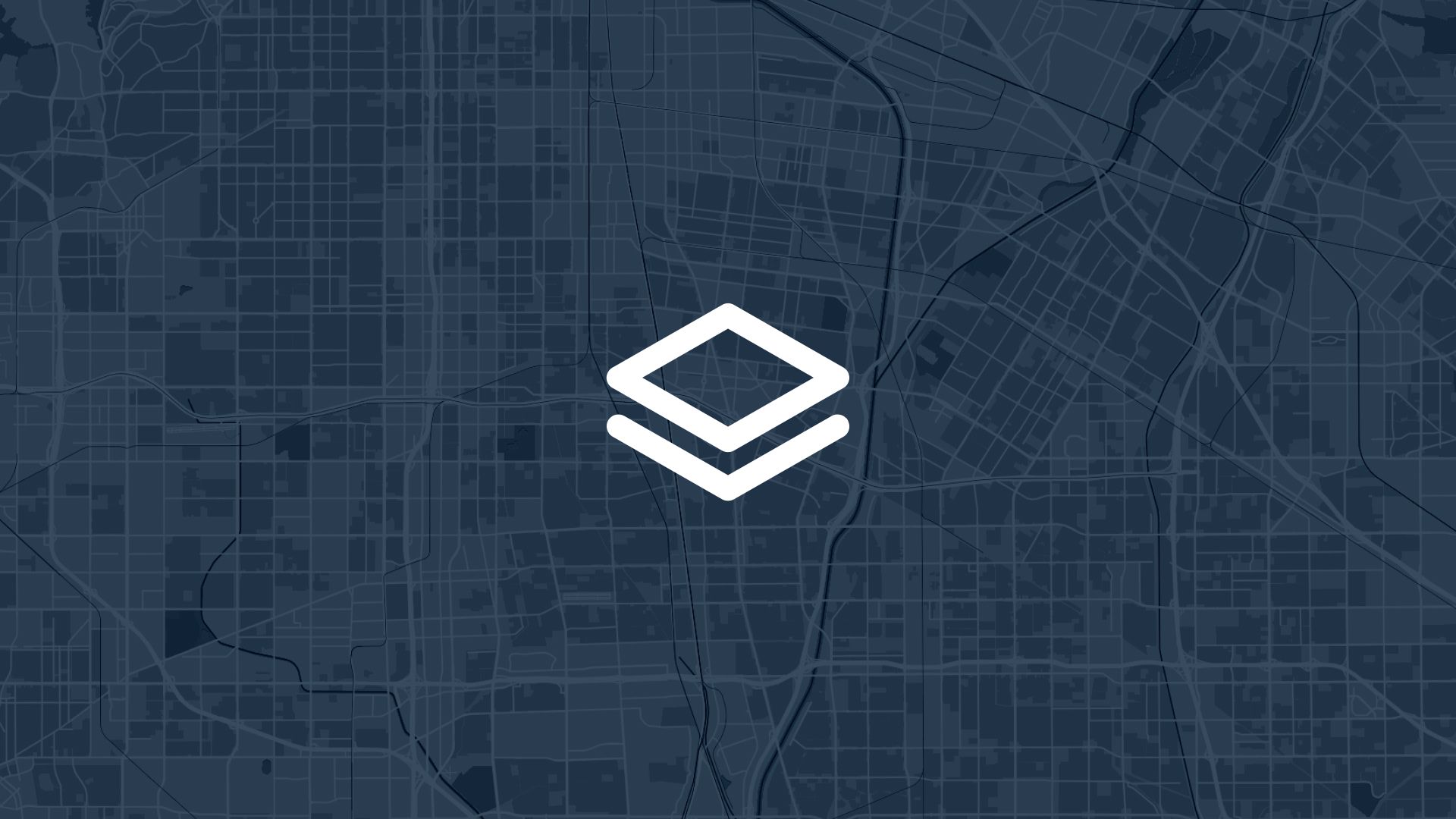The most effective construction portfolio management strategy combines comprehensive site boundary mapping with multi-project coordination to reveal exactly which construction areas require targeted management, minimize project conflicts, and maximize resource efficiency through strategic boundary planning and project-based construction optimization.
If your construction portfolio management relies only on individual project plans, basic site records, or boundary analysis that lacks detailed multi-project coordination and resource assessment, you're missing the asset intelligence that determines operational efficiency, conflict prevention, and portfolio success. That's why experienced construction managers ask: can we draw site boundaries for multiple active projects to identify coordination opportunities, evaluate resource conflicts, and optimize project strategies based on comprehensive boundary analysis and multi-project construction management?
With Atlas, you can create comprehensive site boundary visualization that combines project data with geographic intelligence for actionable construction portfolio decisions. No complex project management software, no uncertainty about boundary conflicts, no barriers to understanding coordination opportunities. Everything starts with clear geographic visualization and meaningful boundary assessment.
Here's how to set it up step by step.
Why Drawing Site Boundaries for Multiple Active Projects Matters for Construction Asset Management
Creating comprehensive boundary mapping and multi-project analysis enables better coordination planning and more effective construction management across diverse project portfolios.
So drawing site boundaries for multiple active projects isn't just convenient project visualization—it's essential construction intelligence that transforms boundary data into strategic coordination insights for successful portfolio management.
Step 1: Set Up Comprehensive Project Data and Boundary Intelligence Integration
Atlas makes it easy to create detailed construction management analysis with comprehensive site boundary and multi-project evaluation:
- Upload site boundary data including project perimeters, work zones, safety boundaries, and access areas organized by geographic locations for project analysis and coordination targeting
- Add active project information showing construction schedules, project phases, resource requirements, and completion timelines that correlate with boundary management needs across different construction areas
- Import resource coordination data connecting equipment sharing, crew assignments, material deliveries, and coordination factors that drive efficiency within specific boundary areas and project combinations
- Include construction context information showing traffic patterns, utility locations, neighboring properties, and operational conditions that affect boundary planning and project coordination within different areas
Once configured, your boundary analysis provides the geographic foundation for comprehensive coordination discovery and construction optimization.
Step 2: Create Boundary Mapping and Multi-Project Visualization
Next, build construction portfolio visualization that reveals boundary patterns and coordination opportunities across multiple active project sites:
You can display different boundary mapping approaches:
- Project clustering maps showing geographic concentrations of construction sites with similar boundary characteristics and coordination requirements that reveal optimal management areas and project concentrations
- Boundary overlap analysis displaying site intersections, coordination zones, and resource sharing opportunities within different geographic areas for strategic coordination positioning
- Resource allocation visualization revealing project characteristics, coordination potential, and boundary-project alignment that support targeted construction strategies and portfolio optimization opportunities
- Combined boundary-project scoring integrating site boundaries with active projects to identify locations with optimal combinations of coordination efficiency and construction management
- Coordination opportunity assessment showing high-priority boundary areas, resource conflicts, and locations where targeted planning can improve portfolio efficiency
- Timeline synchronization evaluation mapping boundary-project combinations with optimal coordination characteristics, resource alignment, and construction conditions for successful portfolio operations
Each visualization approach reveals boundary characteristics that inform coordination strategy decisions, asset management, and project-based construction targeting.
Step 3: Analyze Boundary Patterns and Construction Portfolio Opportunities
To extract construction management insights from site boundary and multi-project analysis:
- Identify optimal coordination areas discovering locations with superior project concentrations, boundary accessibility, and coordination characteristics that support successful construction portfolio operations
- Evaluate boundary targeting potential understanding coordination patterns, project requirements, and resource behaviors that enable effective construction positioning and portfolio optimization within specific boundary-project combinations
- Assess coordination investment efficiency analyzing how boundary management provides optimal return on construction investment, resource costs, and project effectiveness across construction sites
- Compare project scenarios evaluating boundary characteristics, coordination accessibility, and resource conditions across different areas to optimize construction strategy and portfolio prioritization
- Discover coordination opportunities using boundary analysis to identify project-boundary combinations where targeted management can capture additional construction value and optimize portfolio performance
Site boundary and multi-project analysis reveals coordination opportunities and construction optimization strategies that maximize portfolio effectiveness and construction management.
Step 4. Enable Construction Team Coordination and Portfolio Discovery Assessment
To support construction operations and boundary-based coordination discovery:
- Create coordination targeting dashboards providing construction teams with comprehensive boundary analysis, project evaluation, and portfolio intelligence
- Set up boundary coordination tools helping construction teams understand project patterns, assess coordination opportunities, and coordinate boundary strategies based on portfolio analysis
- Add stakeholder communication enabling clear presentation of boundary patterns, coordination insights, and project opportunities to portfolio managers and construction stakeholders
- Include portfolio development providing boundary discovery analysis for coordination programs, project strategies, and construction initiatives based on location-based targeting
- Configure performance management using boundary data to support coordination performance tracking, construction discovery optimization, and strategic location targeting across multiple project boundary areas
Portfolio discovery intelligence becomes actionable across construction teams, enabling coordinated boundary strategies and informed project-based decisions.
Step 5: Optimize Construction Strategy and Location-Driven Portfolio Management
To use site boundary analysis for strategic construction coordination discovery:
- Plan location-specific coordination using boundary analysis to identify optimal portfolio areas and coordinate project efforts within locations showing favorable boundary-project alignment and coordination potential
- Optimize portfolio management understanding boundary patterns and project requirements to maximize construction effectiveness and minimize resource costs across optimal project areas
- Coordinate boundary strategies using boundary analysis to plan project schedules, coordination protocols, and construction targeting strategies that leverage location advantages
- Design efficiency campaigns analyzing boundary patterns and coordination characteristics to plan portfolio campaigns, project positioning, and construction experience that optimize location utilization
- Plan portfolio expansion understanding boundary trends and project evolution to design coordination strategies that capture optimal construction areas and specialized boundary markets
Also read: Map Equipment Staging Areas by Project Phase
Step 6: Integrate Portfolio Discovery Analysis with Construction Management Systems
Now that comprehensive site boundary and multi-project analysis are complete:
- Export coordination intelligence for integration with construction project management platforms, portfolio management systems, and boundary automation tools
- Create boundary support using site and project analysis to inform coordination campaigns, construction targeting, and portfolio boundary strategies
- Set up coordination planning providing discovery analysis for boundary planning, project programs, and construction development within site boundary areas
- Design performance management using boundary analysis to support coordination performance tracking, construction discovery optimization, and strategic targeting across multiple portfolio boundary areas
- Generate construction intelligence supporting portfolio consulting, boundary discovery analysis, and coordination investment decisions with comprehensive site and project evaluation
Your portfolio discovery analysis becomes part of comprehensive construction management development that creates better efficiency outcomes through boundary intelligence and strategic project-based coordination targeting.
Use Cases
Drawing site boundaries for multiple active projects is useful for:
- Construction portfolio managers identifying optimal coordination locations and evaluating boundary potential based on comprehensive site boundary and multi-project analysis
- Project coordination specialists evaluating boundary opportunities and planning coordination strategies based on project patterns, boundary requirements, and location intelligence
- Resource allocation managers assessing boundary coordination opportunities and planning portfolio development based on coordination insights, project alignment, and boundary identification
- Construction consultants evaluating coordination strategies and planning boundary positioning based on portfolio analysis, project targeting, and boundary optimization
- Operations efficiency analysts supporting construction development with boundary discovery analysis based on coordination performance, project patterns, and portfolio opportunities
It's essential for any construction portfolio coordination where success depends on understanding boundary patterns and making efficiency-informed decisions about project targeting and coordination strategy optimization.
Tips
- Consider project timeline overlaps analyzing not just current boundary configurations but also project schedules, completion sequences, and timeline coordination that affect resource sharing and boundary management
- Evaluate shared resource optimization understanding how boundary proximity enables equipment sharing, crew coordination, and material consolidation across multiple active projects
- Include safety zone coordination analyzing how site boundaries maintain required safety distances, emergency access, and regulatory compliance across multiple concurrent projects
- Plan for permit coordination understanding how boundary management supports permit requirements, inspection schedules, and regulatory compliance across different project types
- Combine with cost synergies analyzing how boundary coordination enables cost savings through shared services, bulk purchasing, and operational efficiencies across project portfolios
Drawing site boundaries for multiple active projects in Atlas enables comprehensive coordination discovery and evidence-based construction portfolio management strategy development.
No separate portfolio management software needed. Just analyze boundary patterns and project characteristics geographically, evaluate coordination opportunities, and discover the construction intelligence that optimizes project targeting and location-based boundary coordination.
Asset and Site Management with Atlas
Managing assets effectively isn't just about tracking locations—it's about understanding spatial relationships, optimizing maintenance strategies, and maximizing operational efficiency.
Atlas helps you turn asset data into actionable insights: one platform for asset analysis, site evaluation, and strategic infrastructure management.
Transform Asset Data into Strategic Intelligence
You can:
- Analyze asset locations, maintenance requirements, and accessibility patterns that affect operational effectiveness
- Evaluate multiple site scenarios simultaneously and compare them based on efficiency, cost, and strategic value
- Identify optimal asset opportunities by combining location analysis with operational insights and performance intelligence
Also read: Plan Maintenance Routes for Field Teams
Build Asset Strategies That Drive Performance
Atlas lets you:
- Score and rank sites based on multiple criteria and operational objectives
- Generate comprehensive asset profiles that support maintenance decisions and strategic planning
- Export asset intelligence for integration with maintenance systems, asset management platforms, and operational tools
That means no more guessing about asset performance, and no more uncertainty about which sites offer the best operational potential.
Discover Better Assets Through Geographic Intelligence
Whether you're developing maintenance strategies, planning infrastructure investments, or building asset optimization programs, Atlas helps you turn asset data into competitive advantage.
It's asset management—designed for geographic precision and operational success.
Optimize Your Assets with the Right Tools
Asset management is complex, but asset intelligence can be simple. Whether you're analyzing site boundaries, evaluating construction projects, assessing coordination opportunities, or planning portfolio operations—understanding your assets matters.
Atlas gives you both precision and insight.
In this article, we covered how to draw site boundaries for multiple active projects, but that's just one of many ways Atlas helps you manage assets.
From boundary analysis to coordination assessment, project evaluation, and portfolio planning, Atlas makes asset management accessible and actionable. All from your browser. No construction expertise needed.
So whether you're developing coordination strategies or building any type of asset-focused construction program, Atlas helps you move from "guessing about boundaries" to "targeting proven coordination areas" faster.
Sign up for free or book a walkthrough today.




